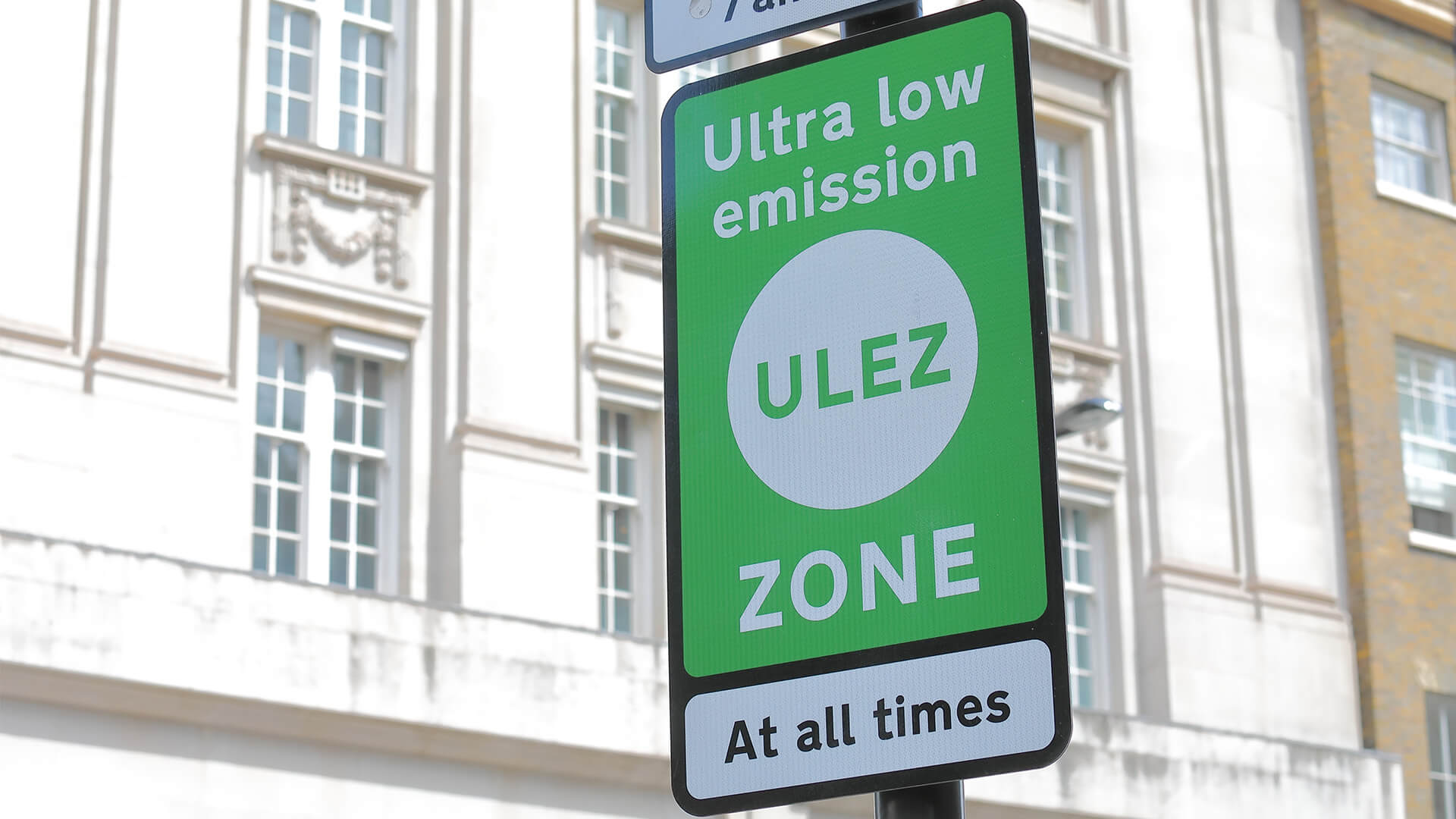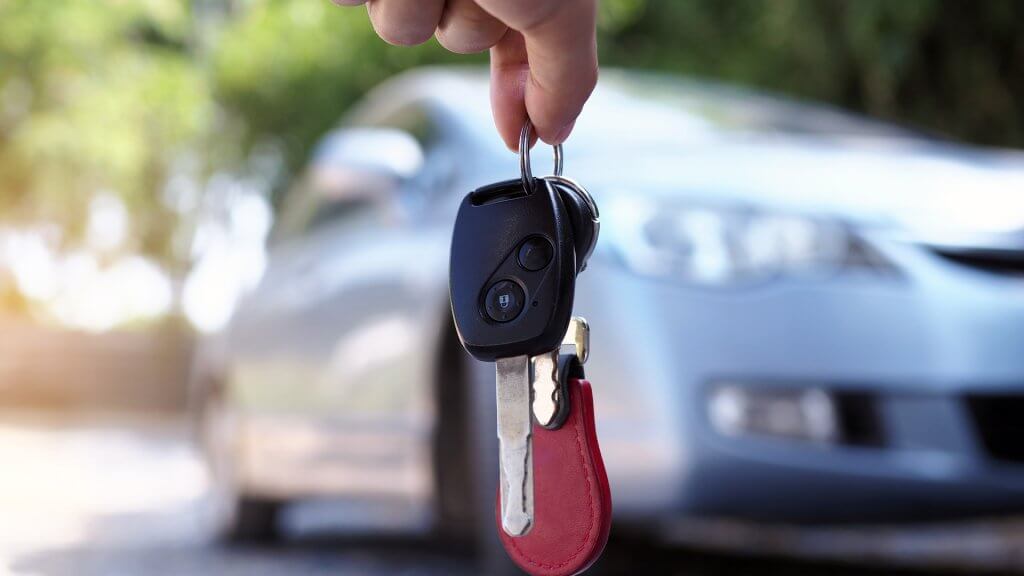As our planet endures the damaging effects of climate change, many of us have considered making some eco-friendly amends to our lifestyles. Whether that means sipping an iced beverage through a paper straw or turning to sustainable clothes shopping, there are many ways in which people are playing their part.
One of the most effective methods to safeguard our environment is to revisit how we get out and about. Indeed, it is no secret that the pollution caused by traffic has had repercussions for our planet’s wellbeing. For this reason, since 2019, Britain has decided to tackle the issue by introducing Ultra Low Emissions Zones (ULEZ).
First launched in London on 8th April 2019, ULEZs are making their way into big cities across the UK, including Birmingham, Leeds, Nottingham, Manchester, Edinburgh, and Glasgow. But what is it exactly? What are drivers’ thoughts on it? This article provides a summary of ULEZ, while also detailing its potential costs.
What is ULEZ?
As the name and acronym suggest, Ultra Low Emissions Zones are areas within cities in which both commuters and residents who drive need to meet specific emission standards. The scheme’s ultimate goal is to keep the air as clean as possible, while also enhancing citizens’ health.
In London, specifically, the ULEZ has been expanded significantly as of 25th October 2021. Initially limited to the more congested central areas of the capital, the original zone has become 18 times larger. The enlarged ULEZ now includes all routes within the South and North Circular Roads.
In order to journey through the ULEZ, you are required to drive a specific type of vehicle. In fact, only cars that meet the Euro 5 (petrol) and Euro 6 (diesel) standards are allowed to freely circulate inside this area. If you’re unsure if your car meets these standards, most cars registered after September 2015 should meet such requirements. Drivers who own an electric or hybrid vehicle needn’t worry either – you are good to go too. Although still far ahead, it is worth bearing in mind that hybrid standards are set to be tweaked in 2030.
But what if you are not the owner of a vehicle that adheres to these standards? Can you still access the ULEZ?
Costs and solutions
The answer to the previous question is yes. Even if you drive a car that does not meet the ULEZ’s strict emission standards, you can still travel around the area. However, this will incur some costs.
For most vehicles (motorcycles, cars, and vans up to 3.5 tonnes), the daily charge to roam inside the zone is £12.50. If you fail to pay the fee, you could be served a £160 fine. This said, there are some temporary exceptions. Cities in Scotland will witness a roll-out of ULEZs from February 2022, and they will experience an initial ‘grace period’ for vehicles. Until 2023, as the zones gradually become active, drivers will not be charged.
However, if you live closer to cities in which the ULEZ has been around for some time (e.g., London), you may want to consider some solutions to avoid running into fees. Such charges, if incurred regularly, may become financially draining in the long term.
One of the objectives of using ULEZs is to encourage people to opt for greener cars. Why not protect your environment by choosing a vehicle that meets the ULEZ emissions standards? It is fair to say that there are many cars to pick from. Volvo perhaps is among the most fitting car brands, with dealerships like Volvo Gatwick and Volvo Guildford offering vehicles that qualify for free access in London’s city centre.
Alternatively, you may want to consider parking your car outside of the ULEZ and making the most of public transport. On clear, sunny days, you could even enjoy a bike ride or a stroll instead. It will save you money and provide you with some all-important physical exercise.
What do Brits think?
As with all things, the introduction of ULEZs in cities across the UK has sparked contrasting reactions. It is fair to say that not everybody has been a supporter of the scheme from the outset. Indeed, some owners of ‘non-suitable cars’ have met the introduction of access fees with a lack of enthusiasm.
Nevertheless, it has certainly raised thoughts and reflections. According to a survey by Bikesure, ULEZs have drastically accelerated people’s intentions to buy an electric car in the near future. Indeed, 73.4% of respondents confirmed that they have been motivated to switch to an electric vehicle at some point.
What is more, Londoners seem to concur that ULEZs are a good idea overall. Despite some financial inconveniences and its impact on their lives, 77.4% of surveyed people agree that this introduction is for the better. Ultimately, ULEZs will play an important role in ensuring a healthier and greener future for both ourselves and our planet.
We hope this article has helped shed light on Ultra Low Emissions Zones. While still a relatively innovative scheme, it is bound to extend across more UK cities in the future, with many Brits in favour of its development.





























